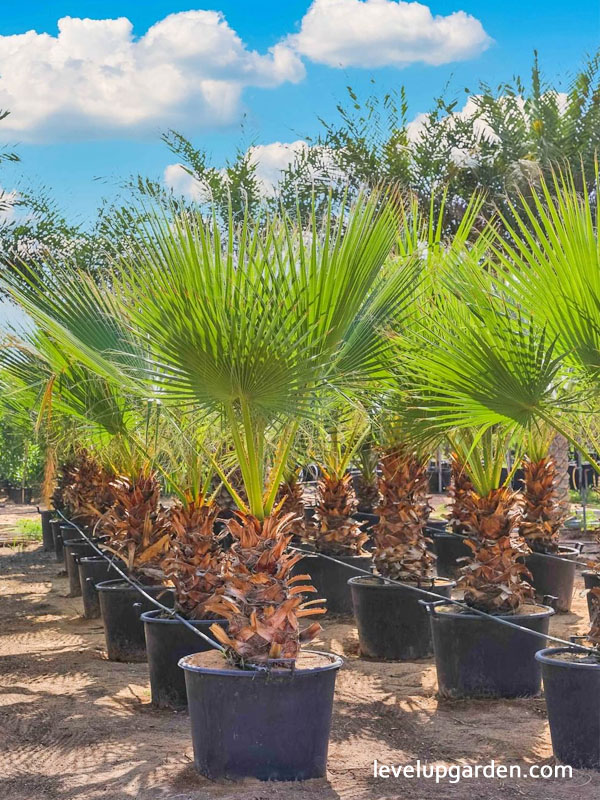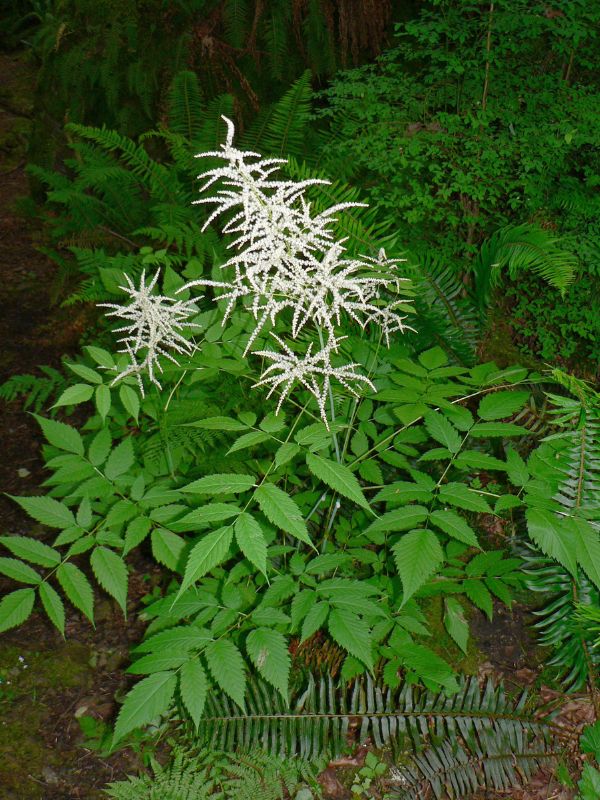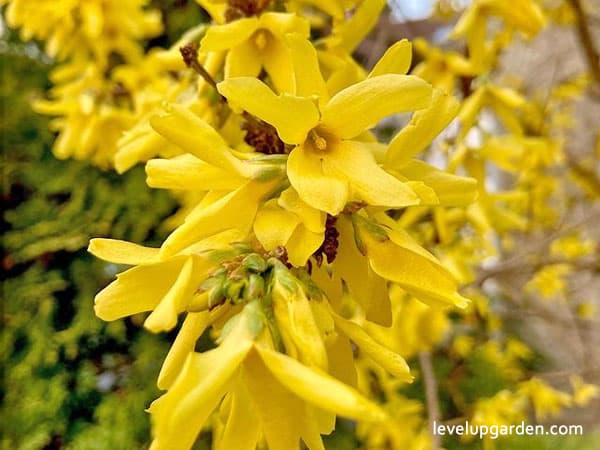Mexican Fan Palm, commonly known as Washingtonia robusta, Mexican Washingtonia, or Sky Duster. The Mexican Fan Palm is one of the fastest growing varieties of palm trees. As its name suggests, it originates from Mexico, but it has spread throughout the United States, including California. It grows well in Florida, California, Hawaii, and Texas and can withstand temperatures up to 20 degrees Fahrenheit (USDA hardiness zone 9A).

Mexican Fan Palm grows quickly, reaching heights of 70 to 100 feet, too tall to be used in a typical residential landscape. It grows well in a wide range of Florida soils, but requires good drainage. It is considered a desert palm, it is not as drought tolerant as one might expect since it is native to areas with permanent surface or subsurface water.
The columnar trunk of the Mexican fan palm can grow up to 100 feet tall, and the round crown of fan-shaped leaves can be 3-5 feet long. Instead of falling off, the dead leaves fold over the trunk into a dense skirt which should be removed to avoid fire hazards. As the tree grows taller, it can prune itself. At least 50% of the leaves should be left on the tree to ensure adequate photosynthesis.
I. Plant Profile – An Overview of the plant
| Common names | Mexican fan palm; skyduster; thread palm |
| Botanical Name | Washingtonia robusta (W. filamentosa) |
| Sunlight | Full Sun |
| Growth Rate | Fast |
| Genus | Washingtonia |
| Species | robusta |
| Family | Arecaceae |
| Life Cycle | Woody |
| Plant Family | Palms – Cycads |
| Exposure | Full Sun |
| Height | 40′ – 80′ (12m – 24m) |
| Spread | 8′ – 10′ (240cm – 3m) |
| Water Needs | Low |
| Maintenance | Low |
| Soil Type | Loam |
| Soil pH | Acid, Neutral |
| Soil Drainage | Well-Drained |
II. Appearance
Mexican Fan Palm grows to 25 meters tall, rarely up to 30 meters. Its leaves are 1 meter long with petioles that spread palmately in a fan shape. The inflorescence is 3 meters long and bears numerous small, pale orange-pink flowers. The fruit of this plant is a spherical blue-black kernel 6-8 mm in diameter with thin flesh, which is edible.

It is a tall evergreen tree with a relatively small rounded crown on a columnar trunk. It also has beautifully shaped, fan-shaped, rich green leaves that can be 3 to 5 feet (90 to 150 cm) long. The leaves are attached to a spiny petiole, which is divided in half at the base and slightly drooping at the tip.
Unlike other palms, the dead leaves do not fall off but fold over the trunk to form a dense skirt. The unbranched gray trunk is slender, usually about 30 cm long, but quite swollen at the base. Leaf scars tend to be ringed and slightly curved on taller trees.
It also blooms small, slightly fragrant white flowers that bloom in huge inflorescences up to 10 feet (3 meters) long. They are followed by a profusion of pea-sized black berries. Easy to grow and exotic looking, Washingtonia robusta is quite hardy, but can suffer severe damage to its foliage when temperatures drop to -06°C (-4°F). It is salt-tolerant and suitable for planting close to the coastline.
In addition, Mexican Fan Palm is also wind tolerant. It is one of the most widely planted palm trees in the world, it is named after the first president of the United States. A highly ornamental palm and accent plant.
Mexican Fan Palm has a reddish brown trunk with a ring of leaf scars that weather to a light gray color. It has a size of about 13 inches in diameter. This trunk is straight and may be seen as swollen on the base. It has no crownshaft and is topped with a crown of 20-25 large fronds.
The flowers of this palm tree are small, cream-colored. It blooms in June in large, drooping clusters and are faintly fragrant. These flowers are followed by black-berry like which are about ½ inch in diameter, and are delicious fruit you can eat.
III. Growing and Care Conditions
Mexican Fan Palm is easy to grow in well-drained soil in a normal household temperature. It requires full to partial sun. The palm tree is tolerant of drought, wind, and salt.

It prefers sandy to loamy soils in full sun and good drainage. It tolerates both slightly alkaline and slightly acidic soils. It grows at a rate of at least 3 feet (1 meter) per year. When it reaches a height of about 30 feet (9 meters), it begins to shed its dead leaves naturally, so there is no need to prune off the old leaves.
Planting
Repotting does not need to be done immediately, but should be done approximately every other year once the shipping container or pot has grown. Every time you repot, increase the size of the pot by 2 inches to allow further growth. Be careful when repotting because of the serrated spines at the base of the leaves.
This palm is highly adaptable and should be planted in the space where it was allowed to grow. When planted in the ground, you can expect it to grow up to 50-100 feet tall in more ideal conditions than container plantings. Use this height as a guide when choosing a location.
Watering
When keeping palms indoors, in addition to normal watering, water them once a week with a misting spray. By doing so, you can reproduce the palm’s original moist climate in your house. If you are not sure when to water, check the condition of the soil about 15 cm below. If the soil is dry here, it is time to water.
Fertilizer
Fertilizers for palms can be applied that contain specific nutrients best suited for palms. In addition, a balanced fertilizer such as an 8-8-8 formula can be used during the spring and summer months for faster growth. Over feeding of fertilizer should be avoided for best results.
Pruning
Pick off any leaves that have turned yellow or brown. This will improve the appearance of the plant and create a clean space for healthier green leaves to grow. Dispose fallen leaves to avoid fire hazard.
Pests and Diseases
Potassium deficiency can cause necrosis of leaf tips, leaf discoloration, and early death of the oldest leaves. Insect damage is minimal, but watch out for spider mites and scale insects. Fungal diseases can cause trunk rot.
For the most part, the Mexican Fan Palm Tree can go its entire life without serious pest or disease problems. Occasionally, however, there are problems that may afflict the tree. When problems do occur with Mexican Fan Palm, they will most likely come in the form of mealybug, aphid, scale, or spider mite infestations. Otherwise, root rot is the only potential concern with this plant.
Pollination
The flowers of the Mexican fan palm are unisexual, with male and female parts. The presence of this sexual organ allows for self-pollination. This pollination usually takes place in the summer after the flowers have matured.
IV. Uses
Mexican Fan Palm is often used in coastal plantings, but because of its tall stature, it looks best in lawns with tall buildings and houses. It is also used as a parking lot and street tree. It can be found in tropical urban cities.

Washingtonia robusta (Mexican Fan Palm) is a common ornamental plant that invades riparian areas, orchards, and landscaped areas. This palm is known to form monophyletic trees in riparian areas, and its dead leaves can be a fire hazard. This species is relatively easy to control by removing seedlings.
V. Why should you buy this plant
If you are looking for a tall, mature palm, Mexican Fan Palm is a great choice. Once planted, Mexican Fan Palms can grow up to three feet in a year. It will provide a tropical look to your garden in no time.

Mexican Fan Palm has invaded water bodies. It has naturalized in parts of central and southern California, and the California Invasive Plant Council considers its impact on native ecosystems to be moderate risk. This species is relatively easy to control by removing seedlings.
Mexican Fan Palm grows from 40 to 80 feet in height and 8-10 feet in width. It can be grown in well-drained soil in full sun. This tree is tolerant of drought and does not have serious disease or pest problems.
However, beware of spider mites and beetles. It also does not require regular pruning, but dead leaves can be removed by cutting near the base of the leaf, leaving the stem for a clean pattern. Petticoat is a fire hazard and dead leaves should be removed if planted in urban areas or near residences.
Moreover, it has gracefully spreading leaves at the tips of its upright branches. The lush, light green foliage spreads out in an elegant fan-shaped silhouette, attracting the eyes of guests and neighbors alike.
Best of all, Mexican Fan Palm is an easygoing plant that can easily withstand drought and harsh landscape conditions. Just plant it and let the sun and rain do the rest. When it comes to Mexican Fan Palm, you don’t have to lift a finger.
FAQs
How fast does a Washingtonia robusta grow?
2 to 4 feet per year. There is a reason why the Latin name for Mexican fan palm is Washingtonia robusta. It is because it is robusta and determined to rule the world. Born from bird droppings, the tree grows rapidly at a rate of 2 to 4 feet per year, eventually reaching a height of more than 120 feet.
How tall do Washingtonia robusta palms grow?
70 to 100 feet. Mexican Fan Palm grows quickly, reaching heights of 70 to 100 feet, too tall for a typical residential landscape. It is native to northern Mexico, but grows well in Florida and is hardy to about 20 degrees Fahrenheit (USDA hardiness zone 9A).
Can you stop a palm tree from growing taller?
Most palm trees cannot be lowered, but you can slow their growth by creating dense indoor palm tree roots. When the palm tree grows, instead of transplanting it to a larger container, leave it in a smaller container. Without space for the roots to grow, the palm will grow slower.
Can you grow Washingtonia robusta in pots?
Washingtonia robusta can be planted directly in the ground or in pots. It should be planted in spring or early summer and receive direct sunlight.







